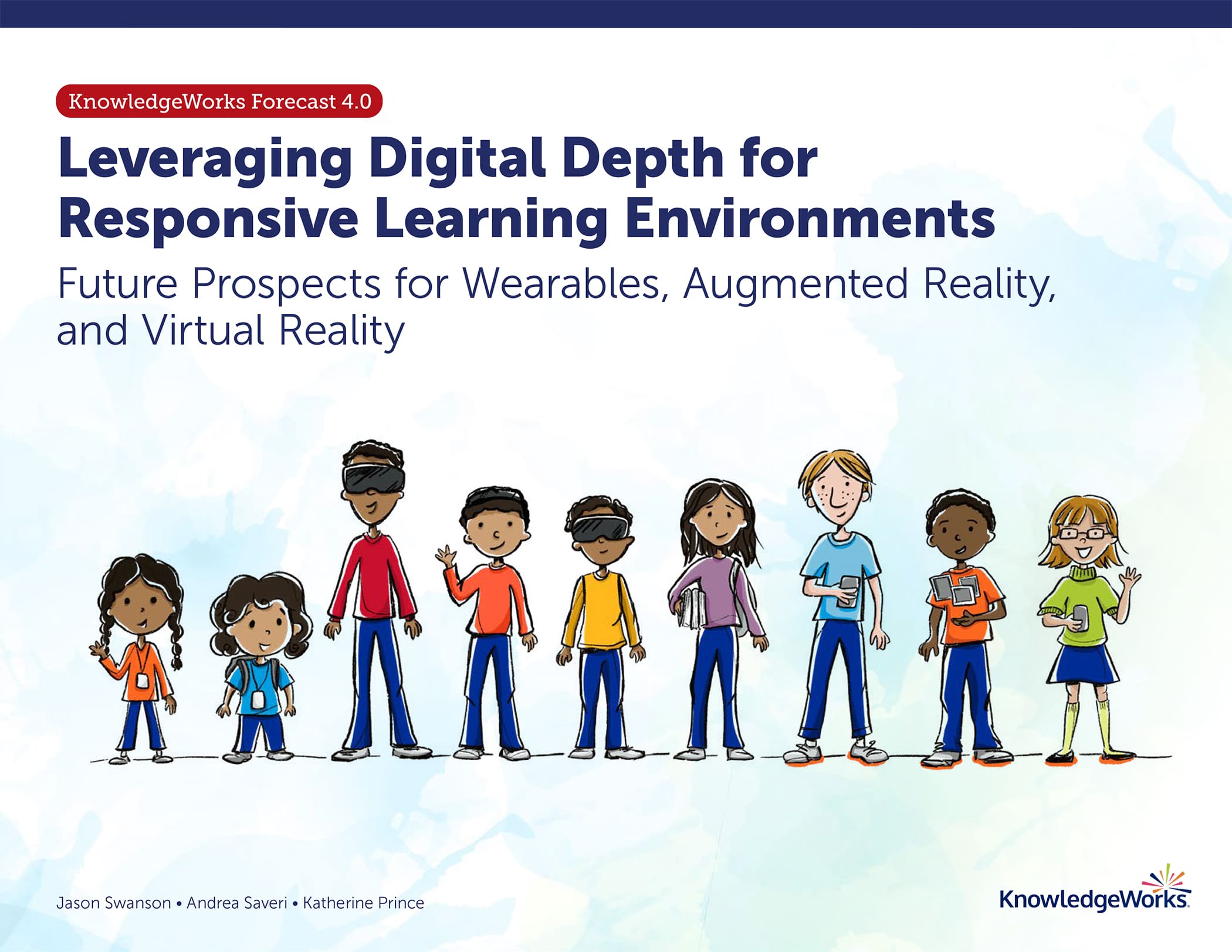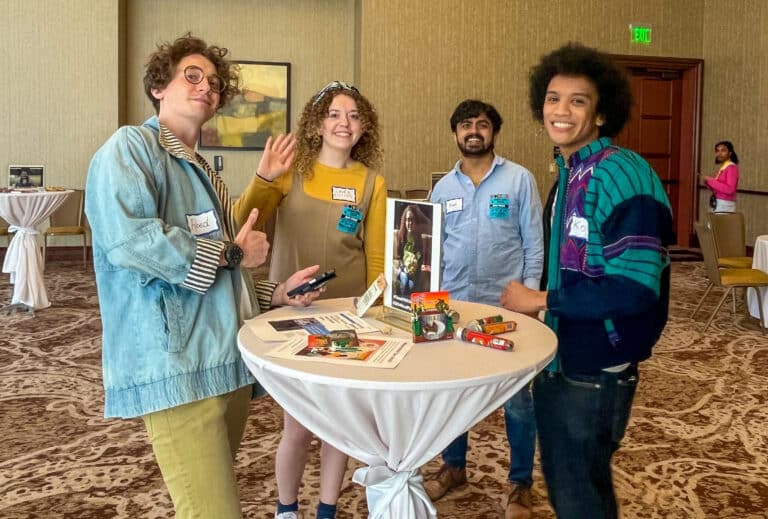 For decades, new technologies have promised to transform education. Every year, educators are bombarded with top-ten technology lists that promise to transform their practice, their classrooms and even school as we know it. Often, these market-driven approaches represent attempts by technologists to solve what they view as problems in education. While many such solutions are effective in solving specific problems or in meeting certain needs, they typically work within the current realities of the present-day education system. Rarely do they support transformational change.
For decades, new technologies have promised to transform education. Every year, educators are bombarded with top-ten technology lists that promise to transform their practice, their classrooms and even school as we know it. Often, these market-driven approaches represent attempts by technologists to solve what they view as problems in education. While many such solutions are effective in solving specific problems or in meeting certain needs, they typically work within the current realities of the present-day education system. Rarely do they support transformational change.
With the spread of wearables, augmented reality and virtual reality, education stakeholders again face the question of how developing technologies may support learning. These technologies have the potential to impact learning in significant ways. However, evaluating their uses requires sifting through the hype and developing a critical filter for assessing their potential value.
Moving from hype to impact
As highlighted in KnowledgeWorks’ 2015 forecast, The Future of Learning: Education in the Era of Partners in Code wearables, augmented reality, and virtual reality could be used to support the creation of responsive learning environments, or learning biomes. This provocation raised the possibility that these developing technologies might facilitate the creation of more inclusive, positive group learning environments that would support students in cultivating the knowledge, skills and dispositions that they will need to succeed in the future.
This paper explores the potential for wearables, augmented reality and virtual reality to help create more responsive learning environments that:
- Increase student engagement
- Enhance the personalization of learning
- Increase understanding of others’ experiences and perspectives
- Help develop greater levels of self-awareness
- Foster critical thinking
- Increase student agency
In exploring these technologies’ future potential for education, the paper presents a frame for understanding how such technologies add a layer of “digital depth” atop physical reality. It also takes a closer look at each technology, with emphasis on its relevance to education. Building upon this analysis of the technologies’ potential relevance to education, five future vignettes illustrate some ways in which wearables, augmented reality and virtual reality could support the creation of responsive learning environments. The future vignettes are followed by insights and implications for education stakeholders to consider in evaluating potential uses of these and other emerging technologies in education and an action guide for exploring these technologies’ potential in specific settings.






